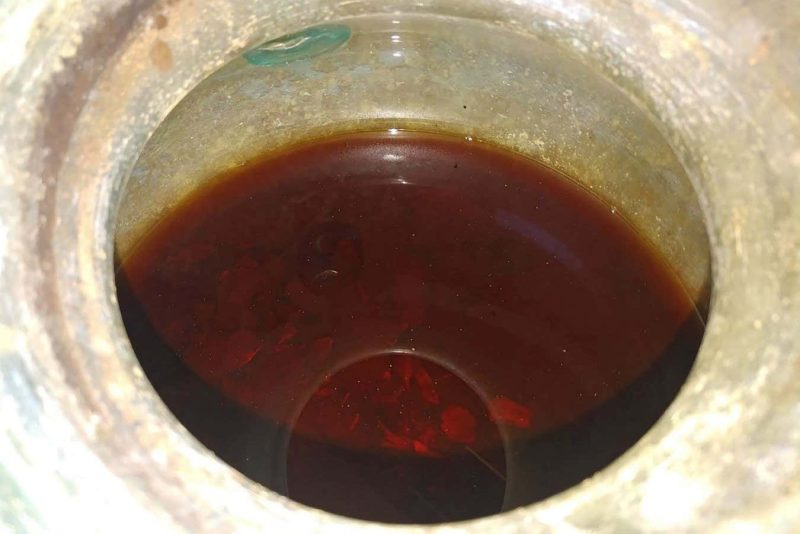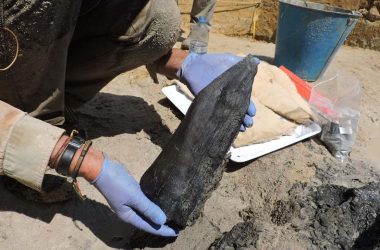The 2000-year-old wine present in a Roman tomb in Carmona, Spain
Juan Manuel Román/College of Cordoba
A reddish liquid present in a 2000-year-old Roman mausoleum in Spain is the oldest identified liquid wine in existence, a chemical evaluation has revealed.
“I used to be shocked and filled with disbelief,” says José Rafael Ruiz Arrebola on the College of Cordoba in Spain. “It appeared not possible {that a} liquid may have remained on this state for 2000 years.”
Till now, a sealed vessel discovered close to Speyer, Germany, and believed to be about 1700 years previous, was thought to comprise the oldest identified wine, however it has by no means been opened.
The Spanish tomb, by chance found in 2019 in Carmona, close to Seville, dates from the first century AD and belonged to a rich household. Eight burial niches, carved in its partitions, held six urns comprised of limestone, sandstone or glass. Half of them contained the cremated stays of girls and the opposite half these of males. Two urns bore the names of the deceased: Hispanae and Senicio.
One of many glass urns, encased in a lead shell, contained bone remnants of a 45-year-old man, a gold ring bearing the picture of the two-faced Roman god Janus, and roughly 5 litres of liquid.
Ruiz Arrebola and his crew studied the composition of the reddish liquid by numerous strategies, together with liquid chromatography-mass spectrometry. They discovered that it had a pH of seven.5 – rather more alkaline than regular for wine, indicating sturdy decay.
Its mineral profile was just like that of recent sherry and fino wines from Spain. It additionally contained seven polyphenols, pure antioxidant compounds, solely present in wine.
The doorway to the mausoleum in Carmona the place the wine was discovered
Juan Manuel Román/College of Cordoba
The absence of syringic acid, a compound produced when the primary pigment in crimson wines decomposes, confirmed its id as a white wine. The wine was most likely meant for the deceased to drink on their voyage into the afterlife.
“The invention of a 2000-year-old liquid presumed to be wine in a Roman urn is uncommon and vital, offering distinctive insights into Roman burial practices,” says Davide Tanasi on the College of South Florida. “It demonstrates the continuity between historic and up to date wine manufacturing.”
Ruiz Arrebola plans to hold out additional checks to establish any stays of microbes reminiscent of micro organism or yeasts that could be current within the wine.
Matters:












